Not sure where to go or what to do in Hoi An Ancient Town? Discover detailed guides to tourist attractions in Hoi An, complete A-to-Z reviews on food, accommodation, transportation, and must-know travel tips!
Traveling to Hoi An Ancient Town, you’ll not only explore cultural values through nostalgic architecture, traditional folk art activities, and picturesque natural scenery, but also have the chance to savor local delicacies that will “delight every visitor.” Save this complete A-to-Z guide on attractions, food, accommodation, transportation, and essential travel tips to make your trip smooth and unforgettable!
Introduction to Hoi An Ancient Town
Traveling to Hoi An Ancient Town is an exciting and memorable experience for both local and international visitors. Hoi An is a famous destination located about 30 km southwest of Da Nang city center. Unlike bustling urban areas, Hoi An exudes a peaceful, ancient beauty. The charm of this over 400-year-old town comes from its historic architecture, moss-covered tiled-roof houses, and the brightly lit streets filled with colorful lanterns
Additionally, Hoi An is renowned for its vibrant traditional festivals such as the Village Guardian Festival, the Commemoration of Craft Ancestors, and the Celebrations of Religious Saints. Visitors can also enjoy folk games like hò khoan (call-and-response singing), hò giã gạo (rice-pounding songs), and bài chòi (a traditional game combining music and poetry).
Beyond immersing yourself in the town’s rustic beauty, a trip to Hoi An Ancient Town offers the chance to explore the fusion of Eastern cultures from Japan, China, and Vietnam. Hoi An was once the busiest and most bustling trading port under the Nguyen Dynasty about 200 years ago. The commercial exchange between Vietnam and other countries (such as Japan and China) shaped Hoi An into the multicultural, colorful town that it remains today.
When Is the Best Time to Visit Hoi An Ancient Town?
The best time to visit Hoi An Ancient Town is from February to April each year. During this period, the spring weather is cool and pleasant, with little rain and gentle sunshine, making it perfect for tourists to explore and discover the charm of Hoi An.
From May to August, the weather in Hoi An is sunny and beautiful. Although some days in May and June can be quite hot, it’s worth the effort as this is the perfect time for scuba diving and coral reef exploration at Cham Island (Cù Lao Chàm).
If you plan to visit Hoi An during other months, make sure to check the weather forecast in advance to ensure the smoothest and most enjoyable trip!
How to Get to Hoi An Ancient Town
When traveling to Hoi An Ancient Town, you have various transportation options to choose from:
By Air:
To get to Hoi An quickly, you can fly to Da Nang International Airport, which is the closest airport to Hoi An (around 30 km away). Many airlines operate flights from Hanoi or Ho Chi Minh City, with flight times around 85 minutes. For cheaper tickets, it’s recommended to book in advance, about 3-6 months ahead.
By Train:
You can also take a train to Da Nang Railway Station. If traveling from Hanoi or Ho Chi Minh City, the journey takes around 14-17 hours. Ticket prices range from 400,000 to 1,800,000 VND, depending on the type of train and seat.
By Bus:
For a more budget-friendly option, you can take a long-distance bus operated by reputable companies. The travel time from Hanoi or Ho Chi Minh City is about 18-20 hours, with ticket prices around 400,000 to 500,000 VND each way.
By Shuttle Bus:
Since both the airport and train station are in Da Nang, there are convenient shuttle buses to transfer between Da Nang and Hoi An.
By Private Vehicle:
If you prefer a more flexible trip, you can rent a motorbike or car. The distance from Da Nang to Hoi An is about 30 km, and the road is smooth and easy to navigate.
Here are some must-see attractions in Hoi An Ancient Town that you should not miss:
Explore the tourist map of Hoi An Ancient Town, and make sure not to miss these famous and captivating landmarks:
Hoi An is renowned for its ancient houses, which feature distinctive and traditional architecture
- Phung Hung House:
This house belonged to one of the wealthiest merchants in Hoi An at the time and is known as the largest and tallest house in the area. It is entirely made of ironwood, a valuable and durable timber, and features traditional architecture that reflects a prosperous lifestyle.
Tan Ky house
A highly popular and famous house in Hoi An, it attracts many tourists for visits and photos. Despite enduring centuries and surviving the historic flood of 1964, the house remains intact. Tan Ky House combines Vietnamese, Chinese, and Japanese architectural styles in its intricate designs. Every detail of the house is carefully and skillfully crafted, making it a major tourist attraction in Hoi An.
Duc An House:
This house has a distinct Eastern style and is one of Hoi An’s most unique examples of traditional architecture. What sets it apart is the use of kiêng wood, a type of wood native to Quang Nam province. The house not only attracts visitors with its tranquil beauty but also houses many antiques and books, with arrangements that evoke a sense of nostalgia for a bygone era.
Famous Historic Assembly Halls in Hoi An Ancient Town
Cantonese Assembly Hall: Located in the heart of Hoi An Ancient Town, the Cantonese Assembly Hall attracts much attention. Originally a meeting place for business dealings, it was built by a group of Cantonese merchants from China, giving it a distinctive Chinese architectural style. The structure is a refined combination of wood and stone, with intricately carved dragon and qilin motifs.
Chaozhou Assembly Hall: Also known as Ong Bon Pagoda, this hall features elaborate architecture with decorative motifs inspired by folklore. A unique highlight of the Chaozhou Assembly Hall is its ceramic-relief decorations, which create an unparalleled artistic charm.
Fujian Assembly Hall: Known as the largest and most beautiful assembly hall in Hoi An, it features a grand entrance gate leading to a spacious garden with a rockery and a statue of a carp leaping over the dragon gate. Visitors to the Fujian Assembly Hall should not miss the main sanctuary, which is dedicated to Thien Hau Holy Mother, the Goddess of Childbirth, and the 12 Midwives. Additionally, in the rear chamber, visitors can light large incense coils, often accompanied by paper notes bearing their wishes for health and prosperity.
Japanese Bridge – A must-visit check-in spot for everyone
When visiting Hoi An Ancient Town, you must stop by Chùa Cầu – a one-of-a-kind check-in spot. This iconic bridge stands out with its meticulously crafted wooden pillars, intricately carved and painted in vibrant colors. What makes it even more special is its construction on a gracefully arched stone bridge.
Japanese Bridge is the highlight of Hoi An, standing majestically for over 400 years, stretching across a quiet branch of the Thu Bồn River. In the past, this area was a bustling trading port, leaving behind a rich architectural blend of Vietnamese and East Asian influences, including Chinese, Korean, and Japanese styles. At night, when the lanterns light up, Chùa Cầu’s reflection shimmers on the water, adding a magical glow to the lively and charming atmosphere of Hoi An.
Tran Family Chapel
The Tran Family Chapel is a prime example of an ancestral house in ancient Vietnamese culture. Despite enduring 200 years of wind and rain, it has remarkably preserved its original, timeless architecture. The chapel was meticulously designed and arranged according to feng shui principles, harmoniously blending Vietnamese, Japanese, and Chinese architectural styles.
One of the most distinctive features of the Trần Family Chapel is its expansive 1,500 m² garden, enclosed by high walls and filled with lush greenery, including a centuries-old starfruit tree.
Hoi An Market – A Food Paradise Recognized by Lonely Planet
Alongside Tsukiji Fish Market in Tokyo, Japan; Borough Market in London, UK; La Pescheria Market in Sicily, Italy; La Boqueria Market in Barcelona, Spain; Mercado Central in Santiago, Chile; and New World Central Market in New York, USA, Hội An Market is honored to be ranked among the top 7 food paradises that captivate both locals and tourists, as recognized by Lonely Planet magazine.
The most enticing feature of this market for any visitor is undoubtedly the food court. Countless stalls offer an array of local delicacies, not only irresistibly delicious but also affordably priced. That’s why Hoi An Market is a must-visit destination on your Hoi An travel itinerary
Handicraft Workshop
The Handicraft Workshop in Hoi An is a place dedicated to preserving and promoting 12 traditional Vietnamese crafts, including wood carving, pottery, lantern making, mat weaving, textile weaving, embroidery, tailoring, rattan and bamboo weaving, lacquerware hat making, and wood inlay carving. The beautifully crafted products, made with skillful and meticulous hands, leave a lasting impression on visitors, making you feel proud and deeply appreciative of the talented people of Vietnam
Hoi An Ancient Town Travel Guide: What to Eat and Where to Stay?
Hoi An Ancient Town not only attracts tourists with its ancient architecture and timeless beauty but also captivates visitors with its unique and unparalleled cuisine.
Hoi An Chicken Rice (Cơm Gà Phố Hội)
Chicken rice may sound familiar, but Hoi An’s version offers a distinctly different flavor. The rice is deliciously sticky and paired with chicken, onions, fresh herbs from Trà Quế, and sour papaya. A rich bowl of broth accompanies the dish, adding extra flavor and making it even more irresistible.
Addresses:
Cơm Gà Bà Buội ( Ba Buoi Chicken Rice) at 26 Phan Chau Trinh, Hoi An
Bánh Đập – Stir-fried Clams (Hến Xào)
Bánh đập is made from soft, fragrant rice, crispy and light, paired with stir-fried clams that are full of flavor. The combination of these ingredients makes it one of the most satisfying dishes in Hoi An. It consists of a layer of wet rice paper, topped with a layer of crispy rice crackers, and served with stir-fried clams. It’s dipped in a bowl of fermented fish sauce, which adds a salty, spicy, and savory flavor, making it irresistibly delicious. Price range: from 15,000 to 50,000 VND.
Delicious Places to Try:
– Cam Nam ward, Hoi An city, Quang Nam
– At 679 Hai Ba Trung street, Hoi An
– Ba Gia shop in Cam Nam ward, Hoi An city, Quang Nam
Vietnamese pancake (Bánh Xèo Hoi An)
Hoi An’s Bánh Xèo is irresistibly tempting with its golden, crispy exterior, and deliciously fresh shrimp and pork filling. The dipping sauce is skillfully made, blending rich soy sauce with fragrant peanuts, creating a flavor that has won the hearts of food lovers both locally and internationally.
Delicious Places to Try:
Giếng Bá Lễ Bánh Xèo at 45/51 Trần Hưng Đạo
Hải Đảo Bánh Xèo at 160 Lý Thái Tổ, Cẩm Châu, Hoi An
Bánh Bèo Hoi An
Bánh bèo in Hoi An is carefully crafted. To make delicious bánh bèo, the cook selects high-quality rice and prepares fresh shrimp and pork. When customers arrive, the dish is served in small bowls, topped with filling and crispy fried onions. To enjoy this dish, you use a “bamboo knife” (a thin, sharpened bamboo stick), which adds a unique touch to the experience and enhances the charm of this Hoi An specialty.
Delicious Places to Try:
Bà Bảy Bánh Bèo at 2 Nguyen Thai Hoc street, Hoi An
Bánh Bèo 17 at 17 Dinh Tien Hoang street, Hoi An
Chè Bắp – A Delicious and Affordable Snack in Hoi An
Chè bắp is a simple yet delicious dessert with the natural sweet aroma of Cẩm Nam corn, famous in Hoi An. Unlike southern Vietnamese chè, which is cooked with coconut milk, Hoi An’s version uses only coconut milk poured on top when serving, enhancing the creamy flavor while keeping the fresh taste of the corn intact.
Delicious Place to Try:
Street vendors on Tran Phu and Le Loi Streets, Hoi An. Price: around 7,000 VND per bowl.
Mì Quảng( Quang Noodle)
At first glance, Mì Quảng might seem similar to Cao Lầu, but once you take a bite, you will immediately notice the difference. Mì Quảng has a rich, flavorful broth, served with meat, shrimp, quail eggs, and traditional side dishes such as grilled rice paper and fresh herbs.
Delicious Places to Try:
Mì Quảng Ông Hai Hoi An at 6A Truong Minh Luong street, Hoi An
Mì Quảng Dì Hát at 4 Phan Chau Trinh street, Hoi An
Cao Lầu
According to local elders in the ancient town, Cao Lầu is a dish that dates back to the 17th century, heavily influenced by Chinese and Japanese cuisine. Cao Lầu entices tourists with its rich flavor from various meats, shrimp, and spices, paired with chewy, delicious noodles that are hard to resist.
Delicious Places to Try:
Quán Cao Lầu Thanh at 26 Thai Phien street, Minh An, Hoi An
Quán Cao Lầu Liên at 21B Thái Phiên, Minh An, Hoi An
Quán Cao Lầu Hoi An Bà Bé at 19 Trần Phú, Cẩm Châu, Hoi An
What to Buy as Souvenirs When Visiting Hoi An Ancient Town? Here are some ideal suggestions for you!
- Tò He: When visiting Hoi An Ancient Town, many travelers choose tò he as a souvenir for family and friends. Hoi An’s tò he is not only visually appealing but also symbolizes the artisans’ craftsmanship. It represents childhood memories of Hoi An locals and is a part of Vietnam’s traditional folk culture.
- Silk: Hoi An has a 300-year history of exporting silk to Asian and European countries. Hoi An silk is precious not only for its soft, high-quality natural silk fibers but also for the rich cultural and historical values it embodies. That’s why many visitors to Hoi An choose silk as a special gift for their loved ones.
- Lanterns: Lanterns are a familiar symbol throughout Hoi An Ancient Town. Nowadays, in addition to traditional lanterns, Hoi An artisans have designed foldable lanterns that are easy to carry, making them a perfect souvenir for friends and family.
How Much Does a Self-Guided Trip to Hoi An Ancient Town Cost?
For a self-guided trip to Hoi An Ancient Town, you should plan your budget carefully, considering expenses such as transportation to Hoi An, getting around the town, food, accommodation, entrance fees, and more.
If you sum up the essential costs, a 3-day, 2-night self-guided trip to Hoi An typically ranges from 3,500,000 to 5,000,000 VND per person, excluding shopping and additional expenses.
This estimated cost is for reference only, as expenses may vary depending on transportation choices, accommodation type, attractions visited, dining preferences, services used, and personal shopping habits.
Important Things to Know When Traveling to Hoi An Ancient Town
To make your Hoi An trip hassle-free, keep these useful travel tips in mind!
Some attractions in Hoi An Ancient Town require entrance tickets. You should buy tickets in advance at the Hoi An Tourist Information Office to access these sites.
Early mornings in Hoi An are peaceful and quiet, as locals prepare for a new day. This is the best time to explore and enjoy the fresh air and charming scenery.
During special occasions such as Tet (Lunar New Year) or full moon nights, the number of tourists increases significantly. To secure your accommodation, it’s best to book your hotel in advance.
Hoi An is prone to storms and floods, though they are usually not severe. Check the weather forecast before your trip to avoid any inconvenience.
Every night at Bach Dang Wharf, you can experience traditional folk music performances on cultural boats. Don’t miss this unique experience!






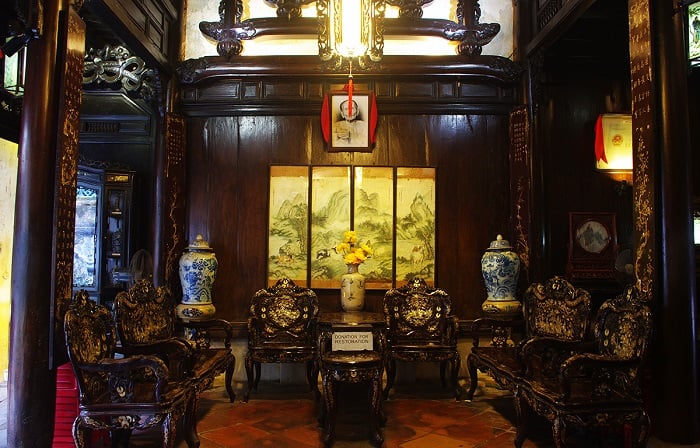
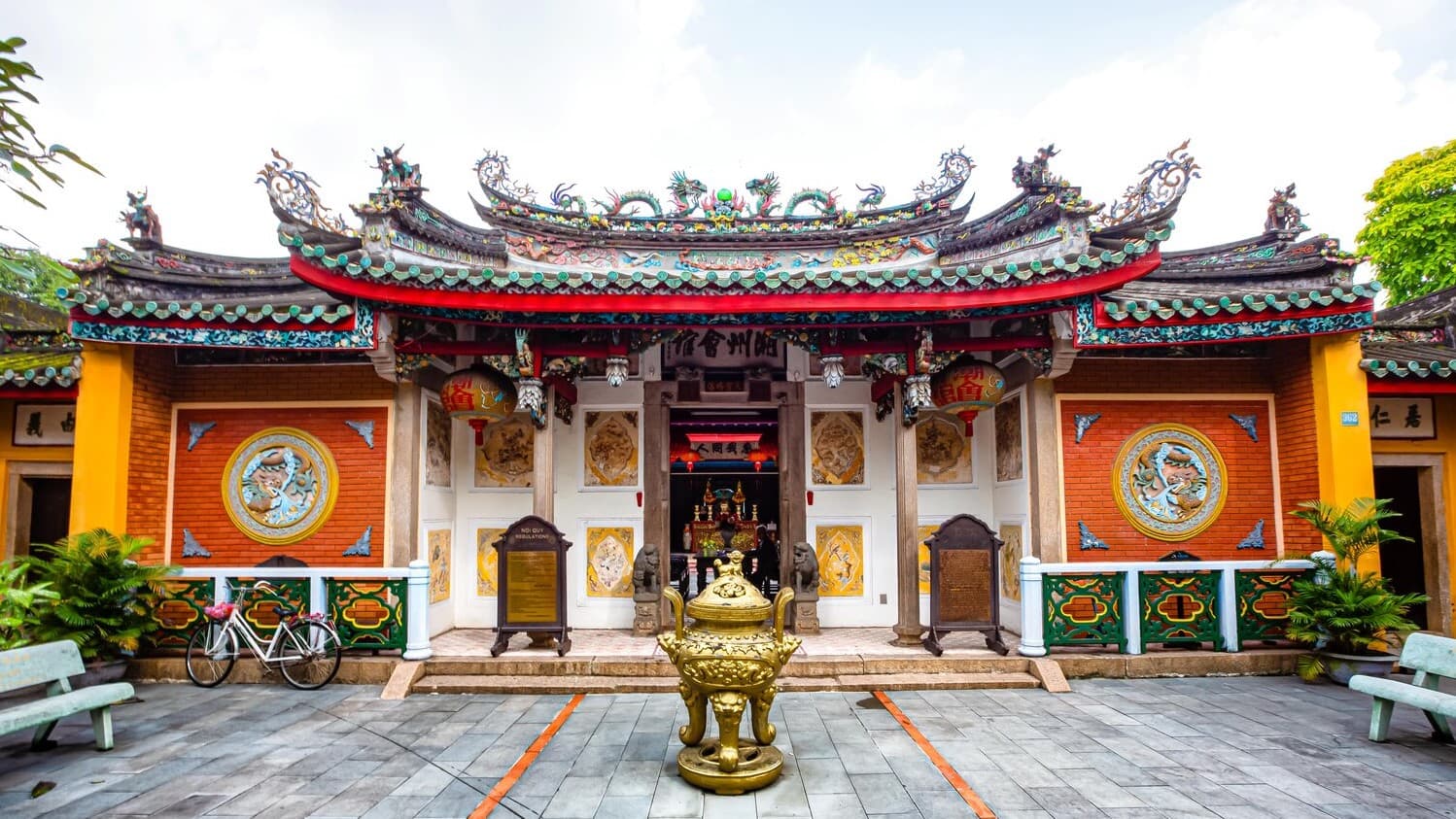
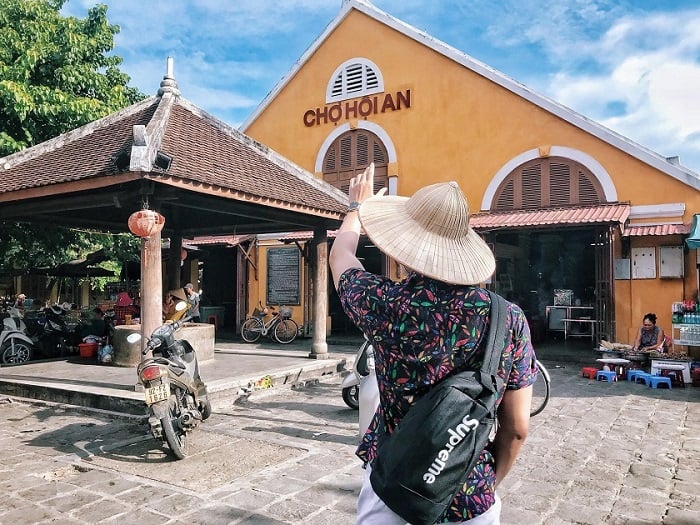
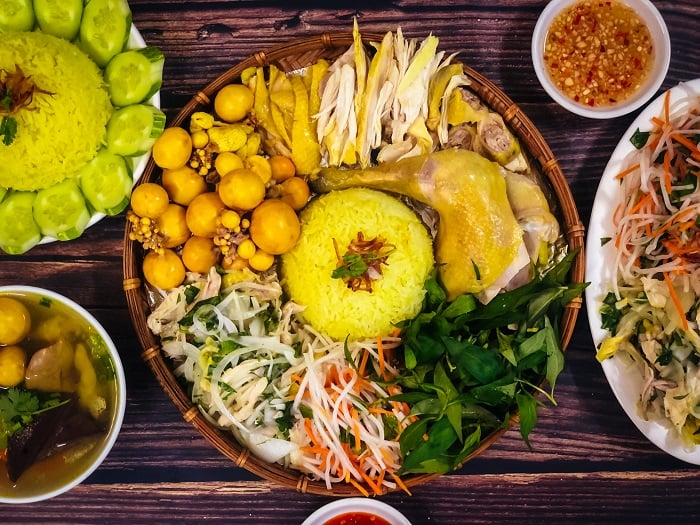
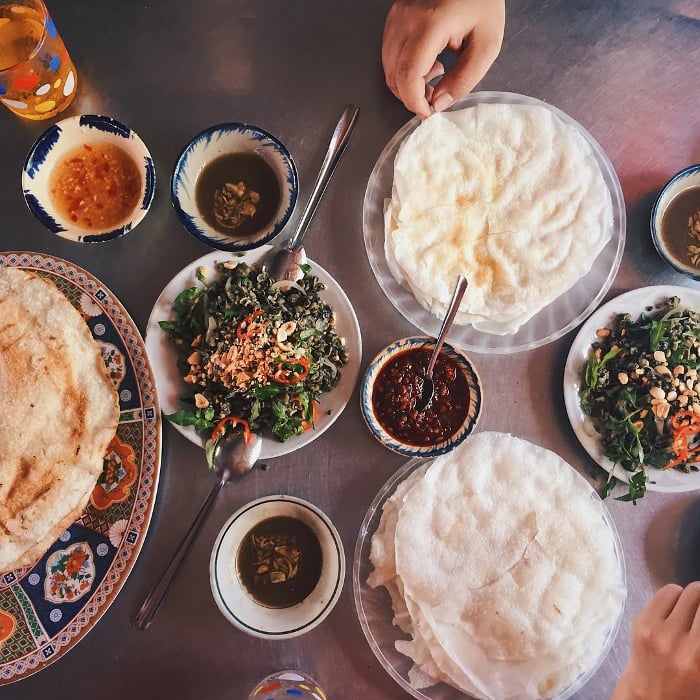
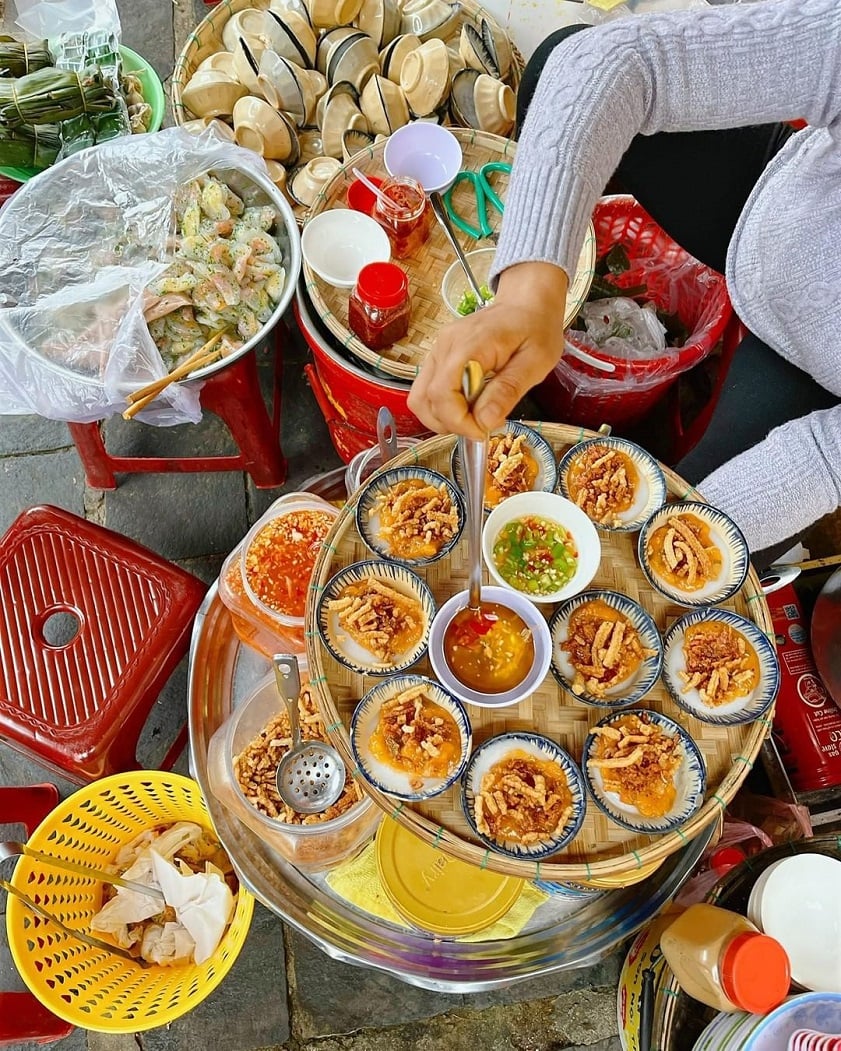
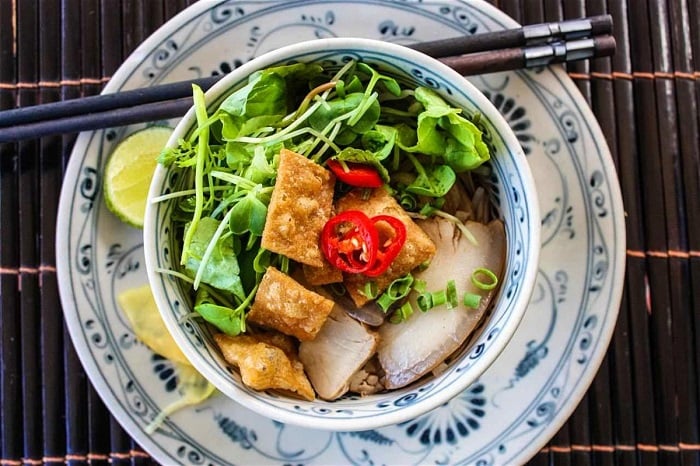







Leave A Comment